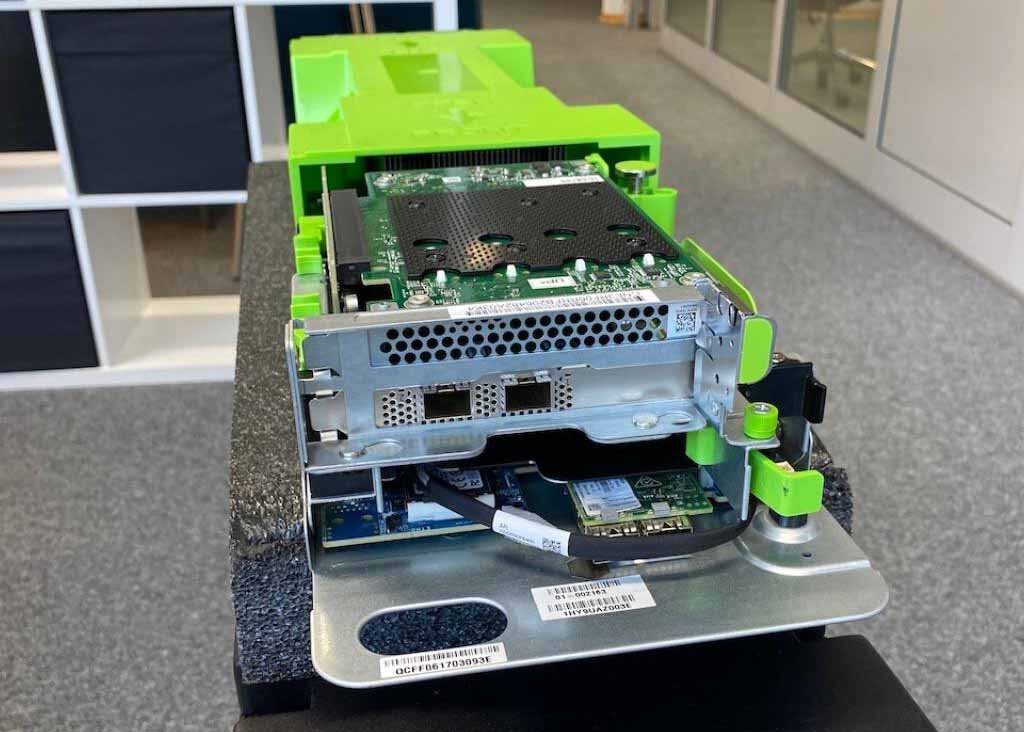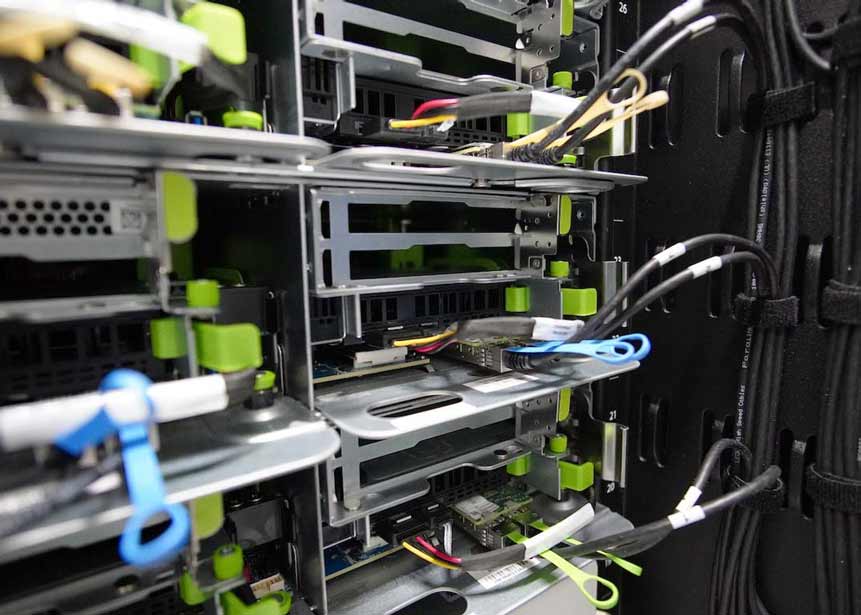At Part I our "Introduction to OpenStack" was about the question: What is OpenStack? And what advantages OpenStack offers compared to other virtualization technologies. In the following Part II, we will take a closer look at the typical use cases. Who uses OpenStack?
Which use cases & business use cases are particularly suitable for OpenStack Cloud solutions?
Virtualization of infrastructure instances saves resources in the area of hardware and hardware administration. For rather small companies, investment risks in the area of IT infrastructure decrease. Larger companies benefit above all from economies of scale, especially if a private or hybrid cloud solution is selected. But agility requirements also make a cloud based on OpenStack interesting. In the OpenStack User Survey 2015, the company size is relatively evenly distributed among the survey participants(1). This still looked very different in 2013. In the previous study, smaller companies in particular (with fewer than 100 employees) were very strongly represented with 42%(2). Both studies name the following user groups in the area of IT business solutions:
- Big Data
- Call center
- Telco & Networking
- Online Video Games
- Cable TV & Internet Service Provider
- Identity Management & Security
- High Performance Computing
- Data Center / Colocation Services
- Public cloud (WebServices) / private cloud services / Hosting / Network Function Virtualisation (NFV)
- Web Hosting /Email Hosting
- Software Development / DevOps / Delivery
- Storage Solutions (Self Storage, Backups)
- System integrators
- Professional Services / IT Consulting
In addition to the IT industry, OpenStack is also used in the areas of Telecommunications and Research/Academics used. Here, Big Data and High Traffic solutions are good applications to deal with large data volumes or traffic fluctuations. However, there are also other sectors that work more economically via open source cloud solutions, such as the film/media sector, financial service providers, and also manufacturers and industry.(1).
OpenStack is also particularly well suited for building Software-as-a-Service (SaaS) applicationseither as a new development or as an enhancement of an existing solution. For example, IT service providers, data centers, hosting and managed service providers (such as ScaleUp) use OpenStack to offer their customers the provision of "Self-Storage" and "Service on Demand"-solutions for standardized services.
Workload distribution OpenStack users
[mk_image src="/en/wp-content/uploads/2016/02/openstack_workload-distribution_user-survey-report1.jpg" image_width="800″ image_height="350″ crop="true" lightbox="false" frame_style="simple" target="_self" caption_location="inside-image" align="left" caption="Source: OpenStack User Survey 2015, p. 24)" margin_top="25″ margin_bottom="25″]
Since the early beginnings of OpenStack, it has been primarily software development teams or startups that have used virtual servers for a low-cost and agile development and testing environment, so-called. Dev/Tests, insert(2, 3). Established companies, on the other hand, can migrate their virtual machines to an open source cloud solution such as OpenStack as a user of VMware and thereby save not inconsiderable licensing fees.(4).



